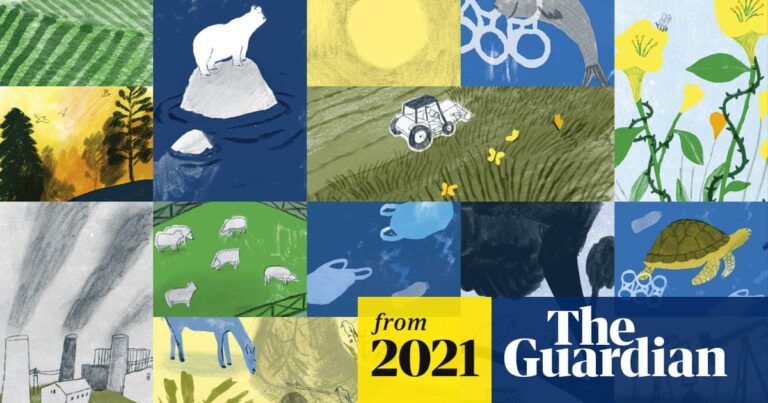Wildlife populations globally have declined by over two-thirds since 1970, signaling a severe biodiversity crisis that is worsening. The initial phase of Cop15 talks in Kunming aims to set a framework for a global agreement to combat these declines, focusing on five major drivers of biodiversity loss identified by the IPBES: changes in land and sea use, exploitation of natural resources, climate change, pollution, and invasive species.
Research indicates that extensive conversion of grasslands in the US—particularly for crop production—has been a major factor in biodiversity loss, adversely affecting key species such as waterfowl and monarch butterflies. The US grasslands face destruction comparable to tropical deforestation, leading to significant emissions from soil disturbance.
Direct exploitation of resources, including unsustainable groundwater extraction, also significantly impacts freshwater ecosystems. Global reliance on groundwater is growing, and flawed management threatens both biodiversity and security of water supply.
Climate change, while traditionally less impactful than habitat destruction, is now expected to exacerbate biodiversity losses, with interconnected crises necessitating simultaneous solutions. Increased temperatures and extreme weather events are altering habitats, while pollution—especially nitrogen from agriculture—degrades ecosystems globally.
Moreover, invasive species threaten native populations, with instances like rodents endangering seabirds on isolated islands exemplifying the severity of the issue. Innovative solutions, such as gene drives, are being explored to control invasive species effectively, though caution is warranted.
Overall, the ongoing biodiversity crisis demands urgent and coordinated action to reverse trends and protect ecosystems.
Source link


